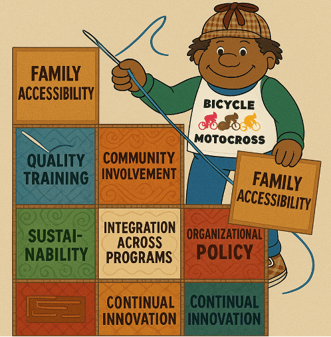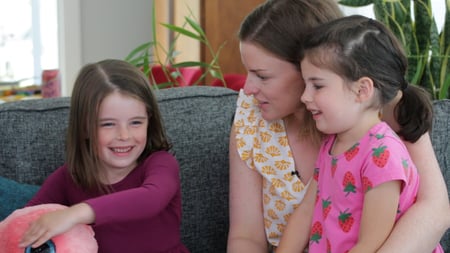How the Well-Baby Program Supports Healthy Child Development

Check out our blog for social-emotional learning articles, news, and more!
 This randomized controlled trial (RCT) evaluated the efficacy of the Incredible Years (IY) Teacher Classroom Management (TCM; Webster-Stratton & Reid, 2002) program to assess whether training teachers in IY-TCM principles improve teacher behavior, whether any observed improvements impact pupil behavior classroom-wide, and whether these effects can be demonstrated with children at risk of developing conduct problems. Six intervention and six control classrooms comprising 12 teachers and 107 children (aged 3 to 7 years) were recruited. Children were screened for high or low behavior problems using the cut-off points of the teacher-rated Strengths and Difficulties Questionnaire (Goodman, 1997). The primary outcome measure was independent classroom observations using the Teacher–Pupil Observation Tool (Martin et al., 2010). Multilevel modeling analyses were conducted to examine the effect of the intervention on teacher, classroom, and child behavior. Results showed a significant reduction in classroom off-task behavior (d = 0.53), teacher negatives to target children (d = 0.36), target child negatives towards the teacher (d = 0.42), and target child off-task behavior (d = 0.48). These preliminary results demonstrate the potential impact of IY-TCM on both teacher and child behavior.
This randomized controlled trial (RCT) evaluated the efficacy of the Incredible Years (IY) Teacher Classroom Management (TCM; Webster-Stratton & Reid, 2002) program to assess whether training teachers in IY-TCM principles improve teacher behavior, whether any observed improvements impact pupil behavior classroom-wide, and whether these effects can be demonstrated with children at risk of developing conduct problems. Six intervention and six control classrooms comprising 12 teachers and 107 children (aged 3 to 7 years) were recruited. Children were screened for high or low behavior problems using the cut-off points of the teacher-rated Strengths and Difficulties Questionnaire (Goodman, 1997). The primary outcome measure was independent classroom observations using the Teacher–Pupil Observation Tool (Martin et al., 2010). Multilevel modeling analyses were conducted to examine the effect of the intervention on teacher, classroom, and child behavior. Results showed a significant reduction in classroom off-task behavior (d = 0.53), teacher negatives to target children (d = 0.36), target child negatives towards the teacher (d = 0.42), and target child off-task behavior (d = 0.48). These preliminary results demonstrate the potential impact of IY-TCM on both teacher and child behavior.





